How Do I Access Sd Card On Laptop?
Accessing an SD card on a laptop is a common task that many users need to perform for various reasons, such as transferring photos, videos, or other files. Whether you are a professional photographer, a student, or just someone who needs to manage files, knowing how to access an SD card on your laptop is essential. This article will guide you through the process, addressing common issues and providing solutions to ensure a smooth experience.
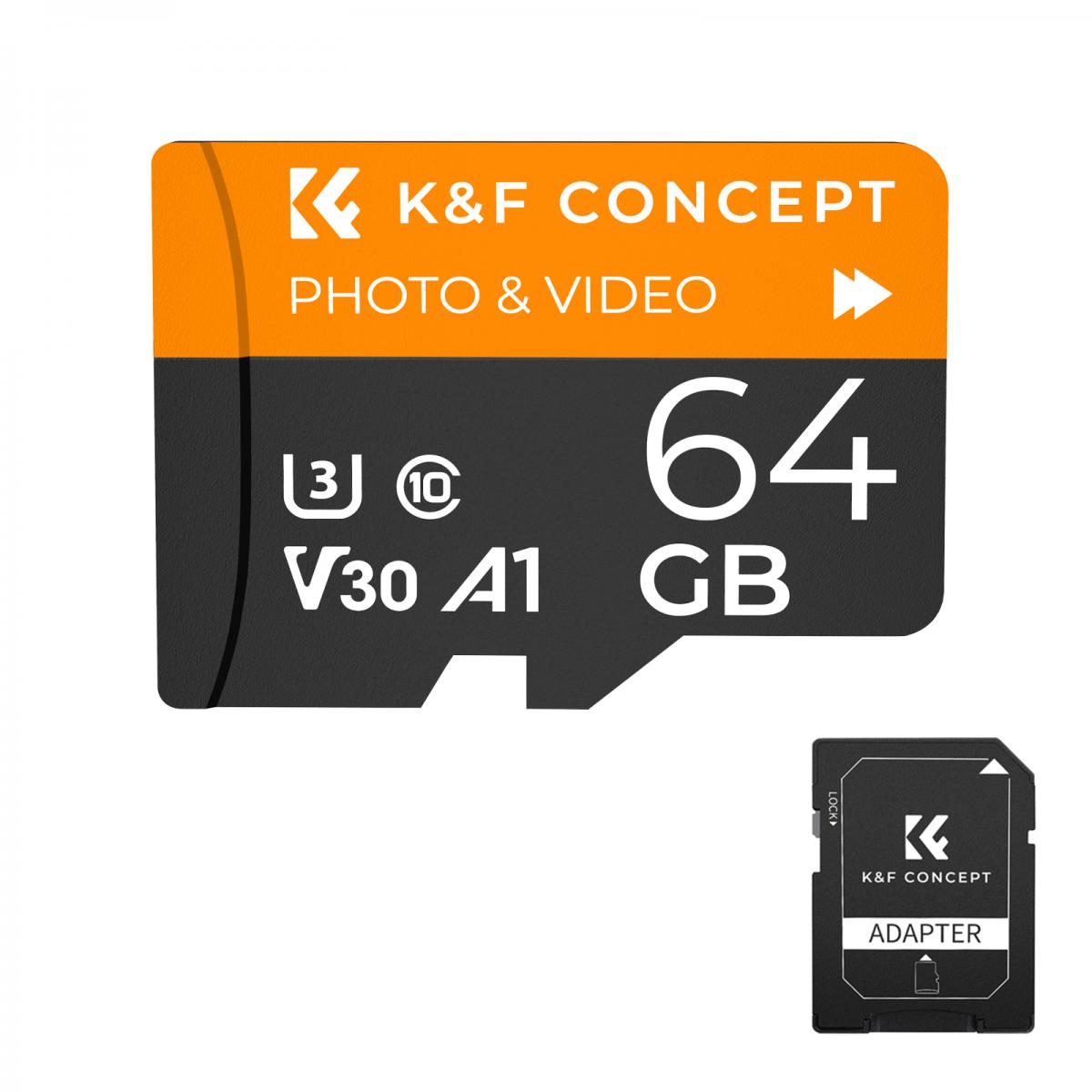
Understanding SD Card Types and Compatibility
Before diving into the steps to access an SD card on your laptop, it is crucial to understand the different types of SD cards and their compatibility with your device. SD cards come in various sizes and formats, including:
1. Standard SD Cards: These are the original SD cards, typically used in older devices.
2. MiniSD Cards: Smaller than standard SD cards, these are less common today.
3. MicroSD Cards: The smallest type, widely used in smartphones, tablets, and some laptops.
Most modern laptops come with an SD card slot that supports standard SD cards. If your laptop does not have a built-in SD card slot, you can use an external card reader that connects via USB.
Steps to Access an SD Card on a Laptop
1. Insert the SD Card
The first step is to insert the SD card into the appropriate slot on your laptop. If you are using a microSD card, you may need an adapter to fit it into the standard SD card slot. Ensure that the card is inserted correctly, with the label facing up and the gold contacts facing down.
2. Wait for the Laptop to Recognize the Card
Once the SD card is inserted, your laptop should automatically recognize it. You may hear a sound or see a notification indicating that a new device has been detected. If the card is not recognized, try reinserting it or using a different slot or card reader.
3. Open File Explorer (Windows) or Finder (Mac)
To access the files on the SD card, you need to open the file management system on your laptop. For Windows users, this is File Explorer, and for Mac users, it is Finder.
- Windows: Click on the File Explorer icon in the taskbar or press `Win + E` on your keyboard.
- Mac: Click on the Finder icon in the Dock.
4. Locate the SD Card
In File Explorer or Finder, you should see the SD card listed as a removable drive. It may be labeled with the card's brand name or a generic name like "Removable Disk" or "NO NAME."
- Windows: Look for the SD card under "This PC" or "My Computer."
- Mac: The SD card should appear in the sidebar under "Devices."
5. Access and Manage Files
Once you have located the SD card, you can click on it to open and view its contents. You can now copy, move, delete, or edit files as needed. To transfer files between your laptop and the SD card, simply drag and drop them to the desired location.
Troubleshooting Common Issues
While accessing an SD card on a laptop is usually straightforward, you may encounter some issues. Here are common problems and their solutions:
1. SD Card Not Recognized
If your laptop does not recognize the SD card, try the following steps:
- Check the Card: Ensure that the SD card is not damaged or corrupted. Try using it in another device to see if it works.
- Update Drivers: Outdated or missing drivers can prevent your laptop from recognizing the SD card. Update your drivers through the Device Manager (Windows) or System Preferences (Mac).
- Use a Different Reader: If the built-in card reader is not working, try using an external USB card reader.
2. Read/Write Errors
If you encounter read/write errors, consider these solutions:
- Check Write Protection: Some SD cards have a physical switch that enables write protection. Ensure that this switch is not in the locked position.
- Format the Card: If the card is corrupted, formatting it may resolve the issue. Be sure to back up any important data before formatting.
3. Slow Transfer Speeds
Slow transfer speeds can be frustrating. To improve performance:
- Use a High-Speed Card: Ensure that you are using a high-speed SD card, especially for tasks like video recording or large file transfers.
- Check the Card Reader: Some card readers may not support high-speed transfers. Consider upgrading to a faster reader.
Best Practices for Using SD Cards
To ensure the longevity and reliability of your SD cards, follow these best practices:
- Safely Eject the Card: Always use the "Safely Remove Hardware" option (Windows) or "Eject" option (Mac) before removing the SD card to prevent data corruption.
- Keep Cards Clean: Avoid exposing SD cards to dust, moisture, or extreme temperatures.
- Regular Backups: Regularly back up the data on your SD cards to prevent data loss.
Accessing an SD card on a laptop is a simple yet essential task that can be accomplished with ease by following the steps outlined in this article. Understanding the types of SD cards, ensuring compatibility, and troubleshooting common issues will help you manage your files efficiently. By adhering to best practices, you can extend the life of your SD cards and ensure that your data remains safe and accessible. Whether you are transferring photos, videos, or other files, these guidelines will help you navigate the process smoothly and effectively.


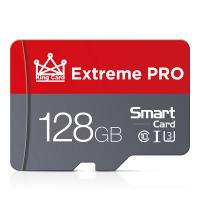


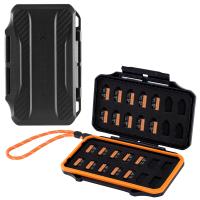

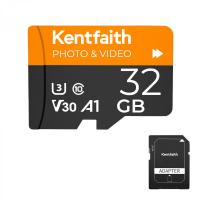
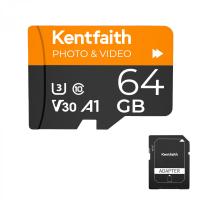
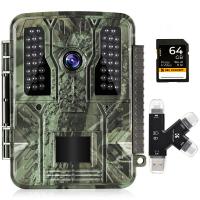
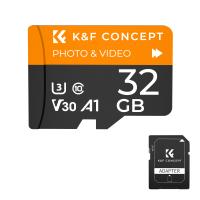
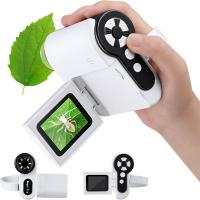




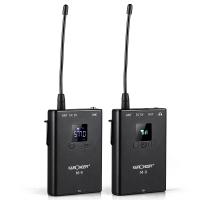

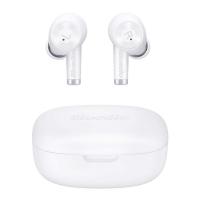

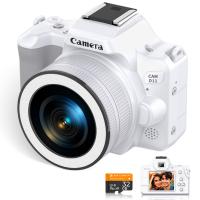
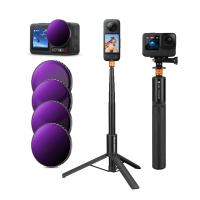

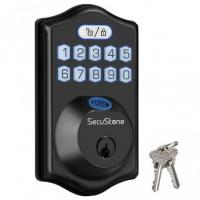





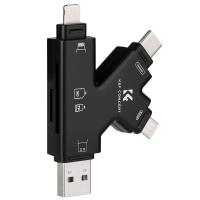


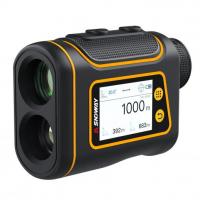
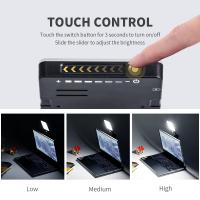

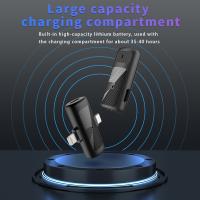
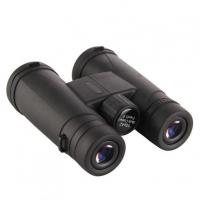
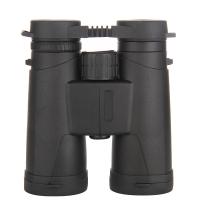
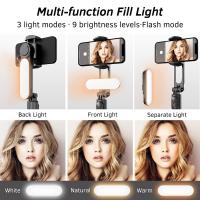

There are no comments for this blog.